Editor’s Miscellany: Bits and Pieces
January 5, 2012
By Kyle Hoepner
It may not be a cutting-edge taste any more, but even in these early days of 2012 I still find myself beguiled by patchwork. (Given an ongoing vogue for overdyed kilims and tribal carpets, though, perhaps I’m not alone.)

Photo courtesy of Golran S.R.L.
Are you in the mood for something more subtle and complex than a simple stripe or check? Take a plain or characterful material and add layers of textural and architectural interest by slicing, dicing, rotating, recombining. Be it the crazy-quilt effect or a whiff of Sean Scully, in the right hands, using the right substance, it’s a look that can be a real stunner.

Sean Scully: Wall of light desert day (2003), oil on linen. Photo courtesy of the National Gallery of Australia
Here are a few choice examples at the extreme high end of elegance and expense, as seen in The World of Muriel Brandolini (Rizzoli, 2011).

Photos by Pieter Estersohn, courtesy of Rizzoli


Overall color and gestalt can vary widely, ranging from the playfully pigmented, such as Anthropologie’s Ditte sofa as upholstered by Fred Shand…

Photo courtesy of Anthropologie
…to this more subdued and elegant pair of chairs from Squint Limited, in London (Squint also forays well into the playful end of the spectrum).

Photo courtesy of Squint Limited
If in search of a more extreme vision, check out this creation in vintage velvet by Timothy Oulton. It may put you in mind of a wad of moldy bread, but I still think it’s wonderful.

The pieces needn’t be irregular or disparate. I’m also very partial to monochrome, mono-shape and mono-material interpretations like a circa-1970 leather seating system that went up for auction last spring at Artcurial in Paris.

Photo courtesy of Artcurial
(But now I guess we’re edging into territory that’s more Agnes Martin than Sean Scully.)

Agnes Martin: Starlight (1963), watercolor and ink on paper. Photo courtesy of Christies
A huge favorite of mine: this rectangular grid of stitched cowhide in a living room by Vicente Wolf that was featured in the January 2007 issue of Elle Decor.

Photo by Pieter Estersohn, courtesy of Elle Decor
Of course quilting and piecework, despite their current up-market popularity, hark back to lowlier origins in the simple need to keep every scrap of cloth in service for as long as possible. Even in circumstances like those the results could be breathtaking.

Work Clothes Quilt (2002) by Mary Lee Bendolph of the Gee’s Bend Quilters Collective. Photo courtesy of the Museum of International Folk Art.
Considering this economic dichotomy, you might contemplate patchwork as a form of social and economic commentary–as does artist and former urban planner Kathryn Clark with her Foreclosure Quilts, which incorporate maps of home foreclosures into their geometry. (Thanks to Remodelista for the find.)

Kathryn Clark: Albuquerque Foreclosure Quilt (2011), linen, wool, yarn and embroidery thread. Photo courtesy of Kathryn Clark
Who knew such a homely technique could embody such complexities?
Share
![NEH-Logo_Black[1] NEH-Logo_Black[1]](https://b2915716.smushcdn.com/2915716/wp-content/uploads/2022/08/NEH-Logo_Black1-300x162.jpg?lossy=1&strip=1&webp=1)
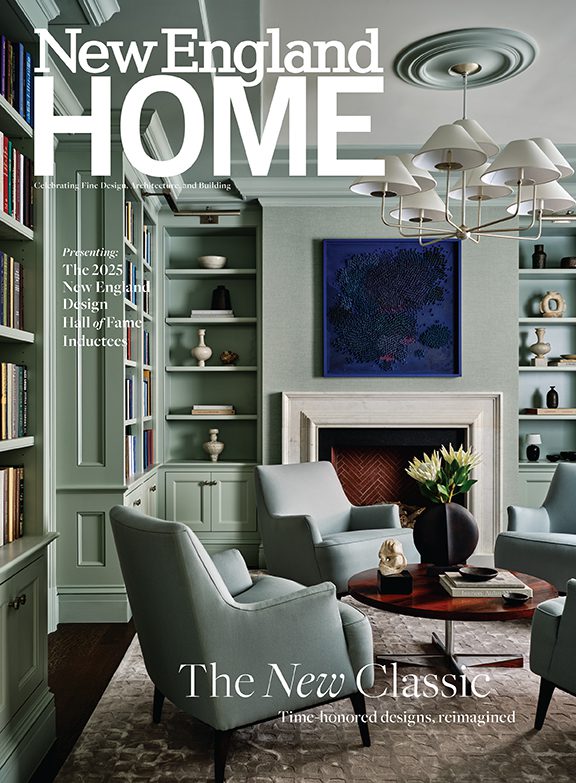
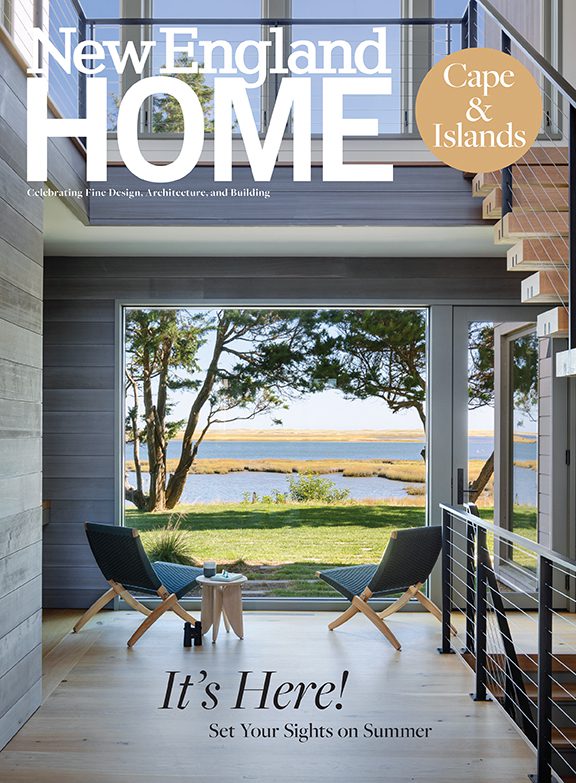
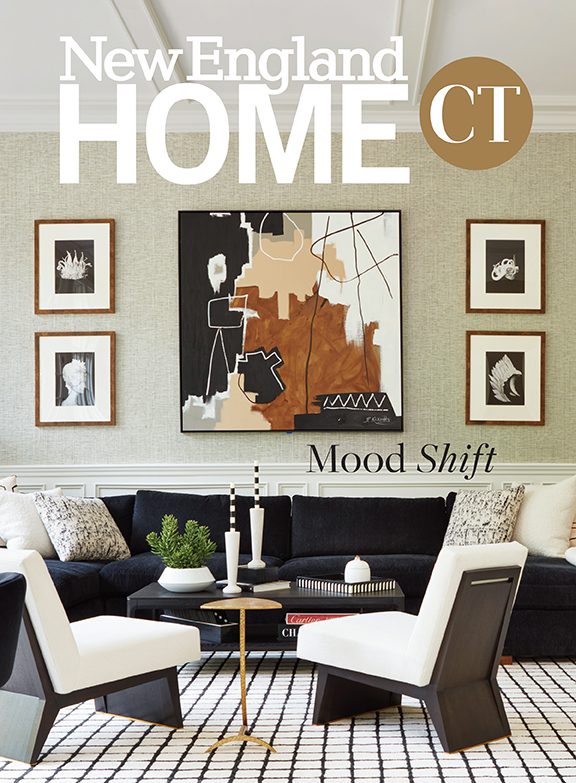


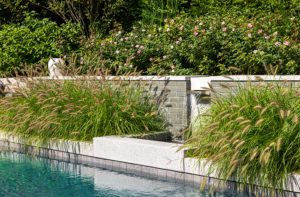
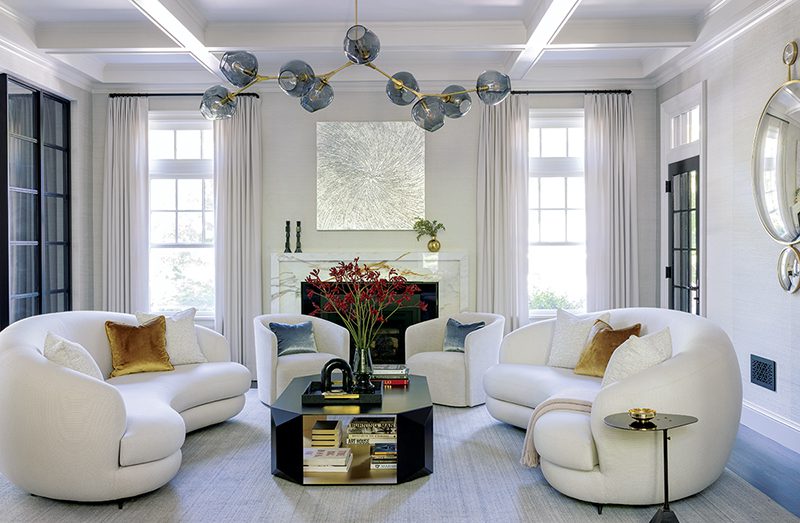
You must be logged in to post a comment.